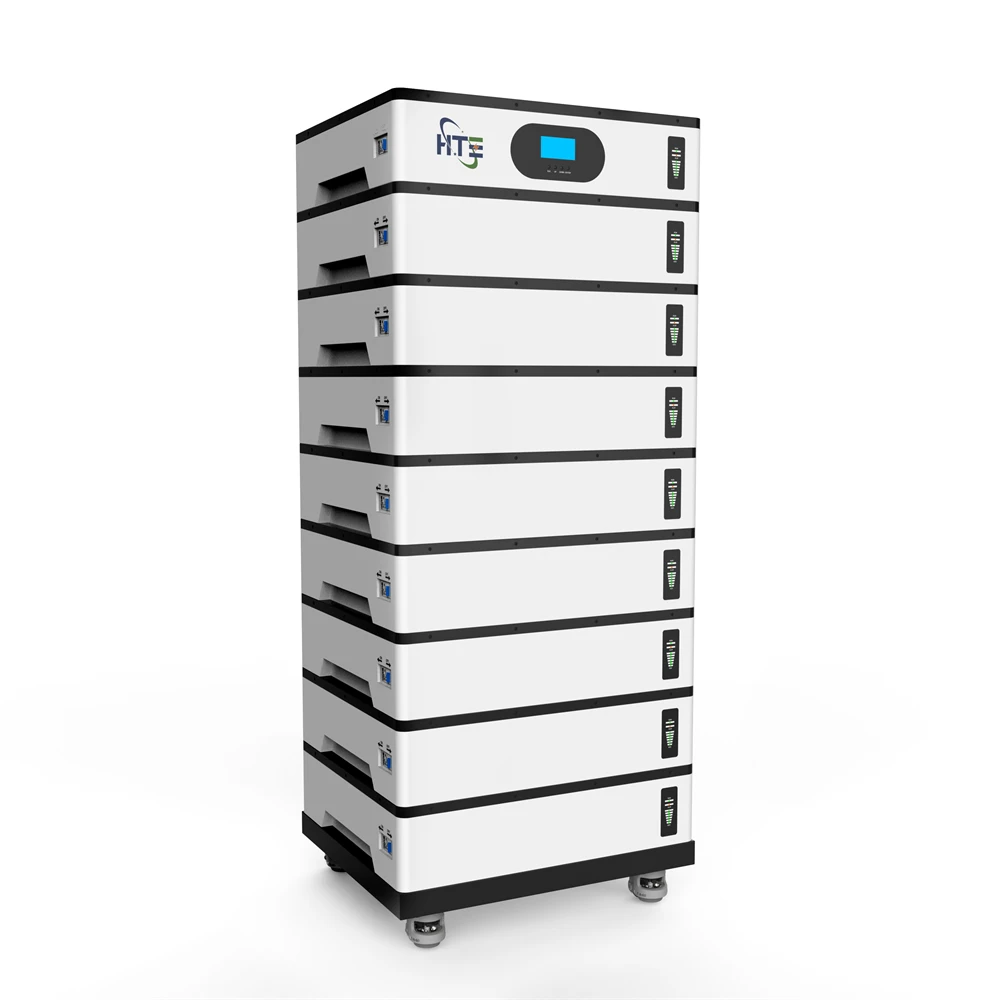Opslagbatterye het kardinale belang gehad in die vernuwing van energiegebruik en sy harnessing. Hierdie veelsydige uitvindinge is al hoe effektiewer, betroubaar en onontbeerlik geword vir 'n verskeidenheid doeleindes soos tegnologie vorder. Hierdie artikel bied insig in die vordering en belangrikheid van opslagbatterye vandag.
Opslagbatterye is krities om energieproduksie aan gebruik te koppel weens verskeie redes:
Energieopslag:
Tydens tydperke van lae vraag of van hernubare bronne soos son of wind, kan die opslagbatterye oorbykomende gegenereerde elektrisiteit stoor wat afgevoer kan word wanneer nodig om 'n volhoubare en ononderbroke stroomverskaffing te verseker.
Lastverplasing en Piekafskaving:
Lastverplasing is waar elektrisiteit tydens lae-piek ure gestoor word, sodat dit tydens piekbevraagstelling periodes deur die gebruik van bergingsbatterye kan afgevoer word. So 'n praktyk vermind die belasting op die elektriese netwerk, optimaliseer die gebruik van energiebronne, en verminder algemene uitgawes aan energie.
Rugsteunende Mag:
Wanneer daar geen lig is of noodtoestande plaasvind, funksioneer hierdie items as vertrouebruikbare rugsteunende magbronne, wat verseker dat daar naadloos en kontinu elektriese mag verskaf word na sleutelhuishoudelike toestelle vir gemak, veiligheid en produktiwiteit.
Netwerksteun en Stabiliteit:
Frequentieregulering deur frekwensierespons, d.w.s. vinnig op- of afklim (binne sekondes), help om die netwerk te stabiliseer deur generasie met vraag in balans te hou, terwyl spanningsteun behels dat reaktiewe magtoepassings verhoog of verlaag word, wat spanningsvlakke binne sekere grense hou en sodoende dienskwaliteit verbeter wat deur generasiekonders beskikbaar gestel word, veral in terme van harmonie-vermindering [13]. Aangesien hulle vinnig kan reageer op veranderinge in vraag of aanbod, help hierdie toestelle om die stroomvloei stadig te hou terwyl hulle regulasies verskaf wat die algehele netwerksbetroubaarheid sal verbeter.
Integrasie met hernubare energie:
Bergingsbattery Tegnologie maak effektiewe netwerkintegrasie van intermittente hernubare energiebronne, soos sonpanele, moontlik, wat oorstygende elektriese krag stoor wanneer meer geproduseer word as wat nodig is, en dit terug na die netwerk vrylaat wanneer vraag die aanbod oorskry, wat dus 'n gladde en gebalanseerde oorgang van energie verseker.
Vordering in batterijopslagt tegnologie:
Daar is oor tyd verskeie verbeterings in bergingsbattery-tegnologie gewees wat beter prestasie en doeltreffendheid tot gevolg gehad het. Sommige van hierdie vooruitskotte sluit in:
Lithium-Ion Batterye:
Die gebruik van lithium-ion-batterye het verander hoe energie opgeslag word. Hulle het 'n hoë energiedigtheid, bly langer werklik en kan vinniger oplaai, waardoor hulle 'n uitstekende keuse vir 'n wye verskeidenheid toepassings is, van klein huishoudelike stelsels tot groot rooster-skaal-installasies.
Flow Batterye:
Flow-batterye is toestelle wat vloeibare elektroliete in aparte tankies berg in plaas van die vas elektrode wat deur ander tipes batterye gebruik word [3]. So 'n batterye kan ontwikkel word tot 'n ekonomies haalbare middel met uitgebreide loodskap-stoor wat geskik is vir lange aflosingsiklusse.
Vaste-Staat Batterye:
Vaste-toestandsbatterye word vandag ontwikkel; hulle beloof veel hoër energiedichthede, verbeterde veiligheidskenmerke asook 'n langer lewensduur in vergelyking met konvensionele Li-ion [8]. Hierdie batterye maak gebruik van vaste in plaas van brandbare vloeistof elektroliete, wat betekenisvolle potensiaal bied om die bedryf te revolutioneer aangesien hulle intrinsiek veilig is.
Opslaanbatterye het 'n weSENTLIKE deel van ons energie-stelsels geword wat probleme wat deur energie-opslag veroorsaak word aangespreek, insluitend belasting verskuif, reservemag en netwerkstabiliteitsewe. Voortgesette vooruitskatte in tegnologie sal verdere integrasie tussen hernubare bronne insluit deur beter integrasie met hernubare bronne wat help om sommige tegniese uitdagings te verlig wat deur die moderne elektriese stelsel ondergaan word, soos beperkings van kapasiteitsfaktore en variasie terwyl hoër doordringingsvlakke bereik word, wat ons lei na 'n volhoubare en betroubare magvoortbrengingsparadigma.

 EN
EN
 AR
AR
 BG
BG
 HR
HR
 CS
CS
 DA
DA
 NL
NL
 FI
FI
 FR
FR
 DE
DE
 EL
EL
 IT
IT
 JA
JA
 KO
KO
 NO
NO
 PL
PL
 PT
PT
 RO
RO
 RU
RU
 ES
ES
 SV
SV
 TL
TL
 IW
IW
 ID
ID
 LV
LV
 SK
SK
 SL
SL
 UK
UK
 VI
VI
 SQ
SQ
 ET
ET
 HU
HU
 TH
TH
 TR
TR
 AF
AF
 MS
MS
 GA
GA
 HA
HA
 LA
LA
 MY
MY







